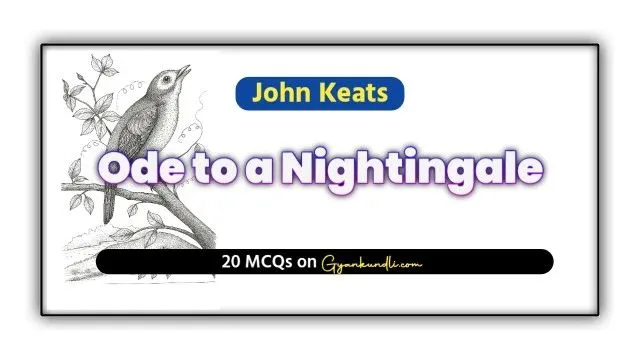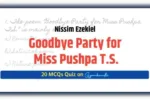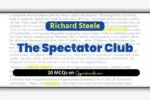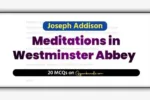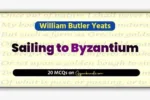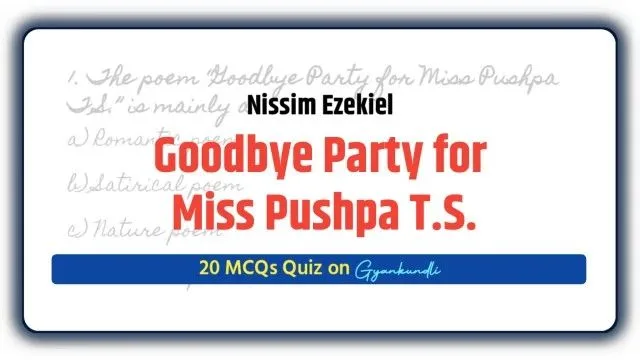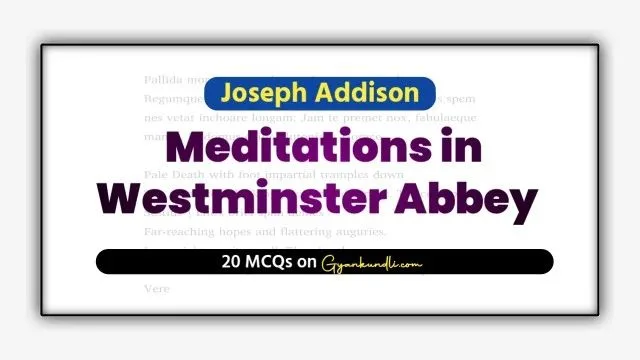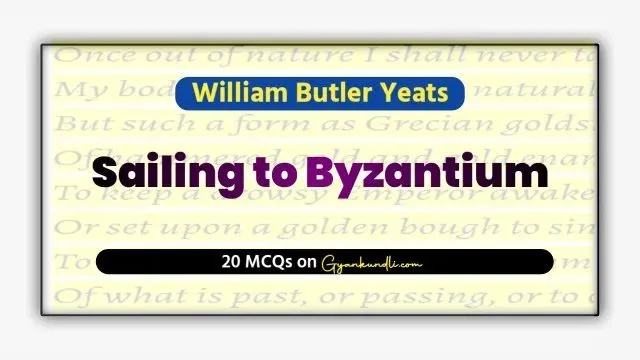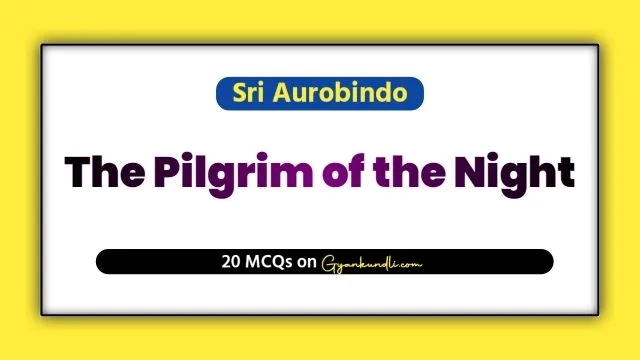Ode to a Nightingale MCQ Quiz : John Keats’s “Ode to a Nightingale” is one of the greatest poems of English Romantic poetry, written in May 1819 at Wentworth Place, Hampstead. The poem was inspired by the song of a nightingale that had built its nest in the garden of Keats’s friend Charles Brown. Deeply touched by the bird’s melody, Keats composed this ode in a single morning, turning his personal pain and longing into timeless art.
At the beginning of the poem, Keats expresses a deep melancholy. His “heart aches” not out of envy, but from being “too happy in thine happiness.” The nightingale’s song seems to come from a world that is free from human pain, decay, and death. Compared to this eternal music, human life appears full of suffering, weariness, and loss. Listening to the bird’s song, the poet wishes to escape from reality, first through wine and then through the imagination.
Using the “viewless wings of Poesy”, Keats imagines himself flying into the bird’s magical world—a forest filled with flowers, fragrance, and moonlight. For a moment, he feels that death would be sweet if it comes while hearing the bird’s song. The nightingale becomes a symbol of immortality, untouched by time or sorrow.
But soon, the spell is broken. The word “forlorn” brings Keats back to reality. The bird flies away, its music fading into the distance. The poet is left wondering—“Was it a vision, or a waking dream?” This uncertain ending reflects Keats’s belief in “Negative Capability”, the acceptance of life’s mysteries without seeking clear answers.
“Ode to a Nightingale” blends reality and imagination, joy and sorrow, life and death. Through rich imagery, emotional depth, and musical language, Keats presents his philosophy that beauty and art can transcend the pain of human existence.
Ode to a Nightingale MCQ Quiz
Discover more from Gyankundli
Subscribe to get the latest posts sent to your email.
